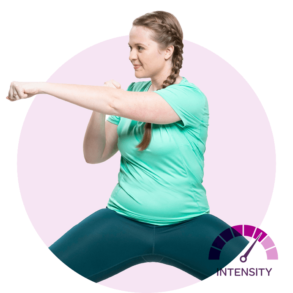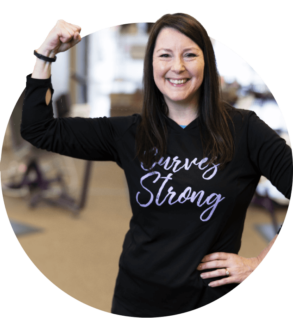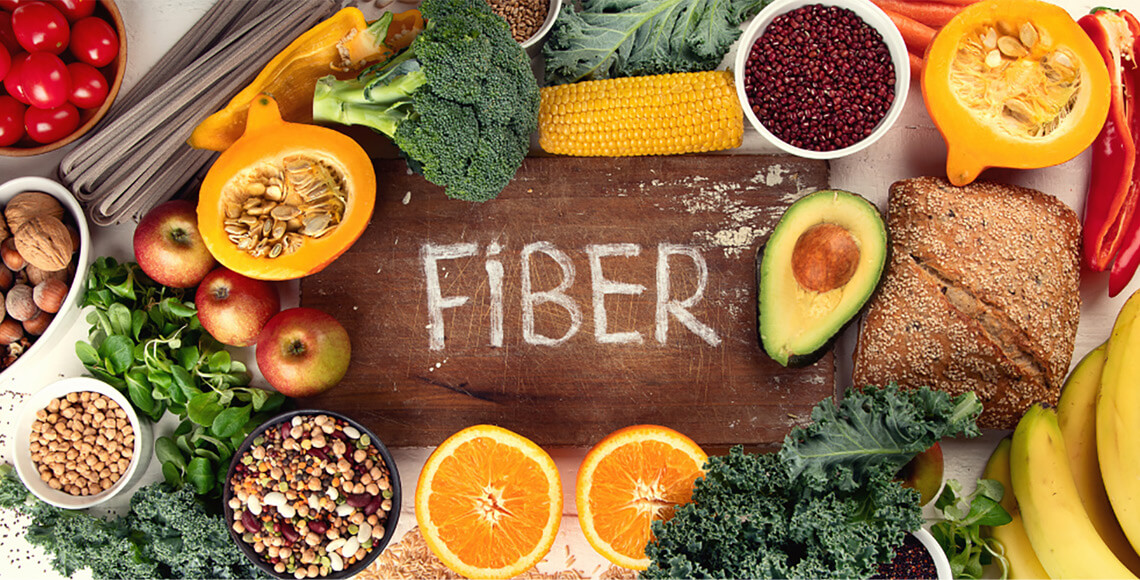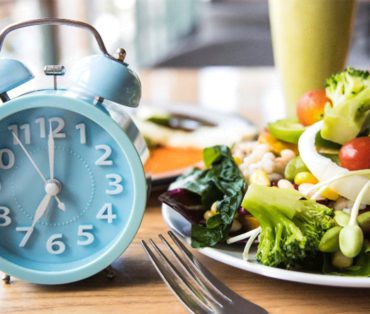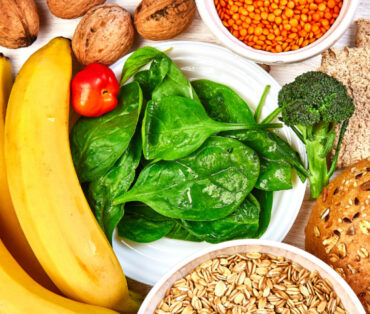How Much Fiber Do I Need?
If you’re a woman who pays attention to dietary advice, you’ve probably heard: make sure you get enough fiber each day. Dietary fiber is touted for its weight loss effects, as well as for supporting digestive health. But knowing you can have too much of a good thing, you’re probably wondering, how much fiber do I need?
Dietary Fiber 101
Fiber is the part of plants that your body can’t digest. There are two types of dietary fiber—soluble fiber and insoluble fiber. Both types are healthy for you. Insoluble fiber cannot be broken down. It moves through the digestive system in its original form and adds bulk to stools. This helps keep your bowel movements regular. Foods high in insoluble fiber include wheat bran, whole wheat flour, cauliflower, green beans, and potatoes.
Soluble fiber does break down in the digestive system and forms a gel. It helps decrease the risk of heart disease, and lower blood sugar and cholesterol. Brussels sprouts, avocado, beans, sweet potatoes, pears, and broccoli are a few foods high in soluble fiber. 1
Health benefits of high fiber foods
Dietary fiber is one of the most important nutrients for your body. Here are the health benefits of fiber rich foods:
High fiber foods help you lose pounds and maintain a healthy weight. Foods high in dietary fiber help you feel full longer. As a result, you eat less. In one study, people who ate the recommended amount of dietary fiber per day were more likely to stick to a healthy eating plan and lost more weight than those who ate fewer high fiber foods. 2
Fiber foods lower your risk of dying from heart disease and cancer. A recent review found people who ate a lot of fruits, vegetables, and whole grains were less likely to die from cancer or heart disease. The study also found that for every 8 grams (0.2 oz) of additional fiber a person eats, their risk for those diseases goes down by 5 to 27 percent. 3
Eating a high fiber diet lowers your risk of death in general. Other research shows that those who eat the highest amounts of fiber foods can lower their risk of dying by 23 percent compared to people who eat very little fiber. 4
Consuming high fiber foods prevents constipation. Fiber pulls water into your colon, which creates softer, bulkier stools and keeps bowel movements regular. 5
How much fiber do I need?
So, how much fiber do you need to get the health benefits? The American Academy of Nutrition and Dietetics recommends eating 25 to 35 grams (0.8 oz to 1.2 oz) of fiber a day. Ten to 15 of those grams—or 14 grams per 1,000 calories—should come from the soluble form. For women over 70, the recommendations drop to 21 grams (0.7 oz) of fiber per day (30 grams for men). Along with high fiber foods, drink at least eight glasses of fluids each day. 6
Here are some good fiber rich foods to add to your healthy eating plan:
- Raspberries (1 cup has 8 grams dietary fiber)
- Pear (5.5 grams)
- Apple with skin (4.5 grams)
- Green beans (1 cup, 9 grams)
- Broccoli (1 cup, 5 grams)
- Baked potato with skin (4 grams)
- Whole wheat spaghetti (1 cup, 6 grams)
- Barley (1 cup, 6 grams)
- Bran flakes (3/4 cup, 5.5 grams)
- Quinoa (1 cup, 5 grams)
- Split peas (1 cup, 16 grams)
- Lentils (1 cup, 15.5 grams)
- Black beans (1 cup, 15 grams)
- Chia seeds (1 cup, 10 grams) 7
Participating in an exercise program like the 30-minute full body workouts for women at Curves gets your whole body moving – including your digestive system. As part of a weight loss program, you should monitor your fiber intake and consider a sustainable weight loss eating plan like Curves Nutrition & Weight Management Program to keep your gut healthy and avoid symptoms such as constipation, abdominal bloating, cramping and fatigue. And remember, engaging in exercise regularly delivers many benefits and puts you on track for healthy digestion and better overall health and wellbeing.
Sources:
- Should I be eating more fiber? – Harvard Health
- Fiber Intake Predicts Weight Loss and Dietary Adherence in Adults Consuming Calorie-Restricted Diets: The POUNDS Lost (Preventing Overweight Using Novel Dietary Strategies) Study – PubMed (nih.gov)
- Should I be eating more fiber? – Harvard Health
- Should I be eating more fiber? – Harvard Health
- High Fiber Diet: Types of Food & Health Benefits (clevelandclinic.org)
- High Fiber Diet: Types of Food & Health Benefits (clevelandclinic.org)
- High-fiber foods – Mayo Clinic


